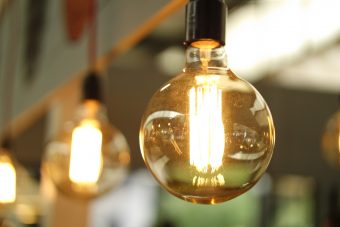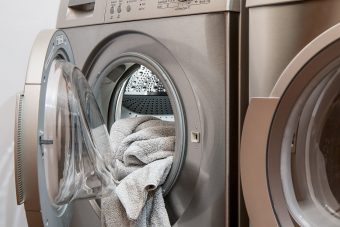
The rational use of energy was not a topic that energy experts have been dealing with until recently. However, rational use of energy seemed to grab the attention of the general public only after energy efficiency became a requirement for the safe life of every individual.
A more serious approach to this resource and its use was prescribed by the Law on Energy and Rational Use of Energy in 2021. The law regulates the requirements and methods of efficient use of energy and energy sources, energy efficiency measures, energy labelling and requirements regarding eco-design, as well as other issues of importance for the rights and obligations of natural and legal persons in connection with the efficient use of energy.
This law paved the way for launching projects and campaigns at various levels, from the Ministry to local self-governments and civil associations, intending to raise awareness of energy efficiency.
In terms of improving energy efficiency, households, especially residential communities pose the biggest challenge in Serbia. With that in mind, we should highlight the campaign launched this year by the Ministry of Mining and Energy of the Republic of Serbia and the American Agency for International Development (USAID), titled “Save and don’t waste energy!” The campaign aims to inform citizens about practical tips, following which they can reduce their daily energy consumption.
One of the tips refers to purchasing home appliances based on their energy class. Choosing the right device can reduce electricity consumption by about 50 per cent. In March 2021, the European Union began implementing a revised energy labelling system to facilitate and ensure that people choose a good device.
IN FOCUS:
- SERBIAN ATHENS IN LINE FOR THE GREEN CAPITAL OF EUROPE
- MAINTAINING THE BALANCE AND DEVELOPING THE POWER SYSTEM
- SOLUTION FOR MAINTAINING AND EXTENDING THE LIFE OF INDUSTRIAL BATTERIES
What actually changed with the new labelling?
The problem with the old labels was that most of the products on the market were marked as the A+++, A++ or A+ class, while a smaller number fell under the B, C, D, E, F and G category. People who did not have enough knowledge about labels were convinced that by purchasing a device that belongs to one of the A classes, they were choosing an energy-efficient appliance. However, with the introduction of new designations, a large number of devices that previously belonged to one of the A classes were moved to E, F or G classes.

For potential buyers, even those who do not have enough information about the labelling, the new classification has made it more visually understandable which device they should choose so as not to make the wrong choice. According to the new labels, the devices that belong to class A save twice as much electricity and emit significantly less carbon dioxide than class G devices.
Apart from the energy class label, the new labels on devices also contain a QR code that people can use to get more information about the product and its price-efficiency ratio. All information is obtained from the European Product Registry for Energy Labelling (EPREL).
In addition to the energy efficiency class and QR code, the label also provides insight into other data that differ depending on the type of device. If we take a dishwasher, for example, we can find out how much electricity is consumed using the eco-programme for 100 cycles, then the amount of water consumed per cycle of the eco-programme, or the noise level in decibels and noise level class, as well as the duration of the eco-programme and other.
Households have the largest share in the total energy consumption in the Republic of Serbia, which is about four times higher than in the European Union countries. According to data from the Ministry of Mining and Energy, only about 13 per cent of people in Serbia opt for a product based on its energy class, compared to 80 per cent of the European Union residents.
Prepared by: Katarina Vuinac
Read the story in the new issue of the Energy portal Magazine ENERGETIC EFFICIENCY



